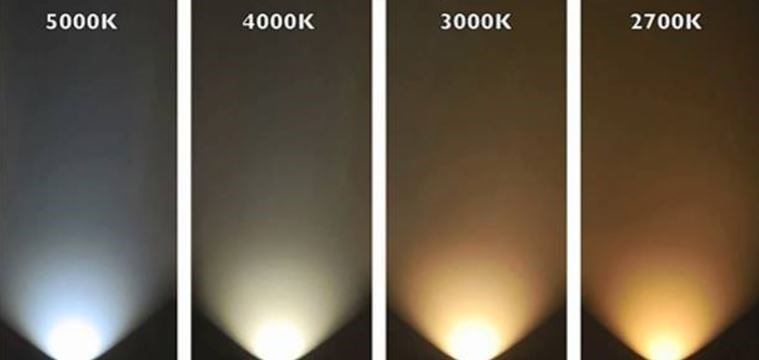These FAQ’s are intended as a resource for the awareness and prevention of Carbon Monoxide dangers for the residents of Adelaide and South Australia.
What is Carbon Monoxide?
Commonly known as ‘the silent killer’ Carbon Monoxide...
Smoke alarms are designed to alert the rental property tenants of a fire. There are two main types of smoke alarms, the ionisation and photoelectric smoke alarms. The photoelectric smoke alarm is recommended by the South Australian MFS. Research reveals that most homes and rental properties in Adelaide contain ionisation smoke alarms which do not give early enough warning in the case of a smouldering house fire. A smouldering fire is the most common type of house fire.
The type of smoke alarm fitted can be checked by opening the smoke alarm as you normally would to reveal the battery compartment. It should be written on the label, however the easiest way to check is that all ionisation smoke alarms have a yellow and black radiation symbol. Photoelectric smoke alarms do not have this symbol, although the actual alarm itself looks the same.
The best practice is to replace all ionisation smoke alarms with photoelectric alarms when they are due for replacement.
Rental properties include the following; detached houses, row houses, town houses, villa units, sole occupancy units, some boarding houses, guest houses and hostels.
Rental Property purchased before 1 February 1998
At a minimum a battery powered smoke alarm must be fitted.
Rental property purchased on or after 1 February 1998
A mains powered smoke alarm OR
A 10 year long life lithium battery smoke alarm must be fitted.
This is required by Development Regulation 76B under the Development Act.
Rental property built on or after 1 January 1995
A mains powered 240 volt smoke alarm must be fitted.
This is a requirement of the Building Code of Australia (BCA).
New additions/extensions to rental properties where consent was lodged from 1 May 2014
In addition to BCA requirements, multiple smoke alarms must be interconnected.
These smoke alarms do not need to be interconnected to other existing smoke alarms in the house, however it is recommended.
New rental property buildings where consent was lodged from 1 May 2014
In addition to BCA requirements, multiple smoke alarms must be interconnected.
Monitored Smoke Alarms
Smoke alarms and detectors that are monitored by an alarm system may not have components that meet the Australian Standards AS 3786 for smoke alarms. If this is the case they do not comply with Regulation 76B or the BCA. Landlords must take the appropriate steps to ensure all smoke detection equipment and alarms in rental properties meet AS3786 and regulation 76B. Look out for AS 3786 mark or an SSL logo on the smoke detector label.
In South Australia, landlords are the responsible person for ensuring smoke alarms or smoke detectors are installed and working in rental properties. The fine for not meeting this requirement is up to $750. Monthly testing, annual battery changing and general upkeep as well as knowing the expiry date of the smoke alarm is also the responsibility of the landlord in South Australia. The blog article Landlord Tips for Maintaining Smoke Alarms is a great resource to help landlords meet their requirements for rental property smoke alarms in South Australia.
Lorem ipsum dolor sit amet consectetur, adipisicing elit. Ipsa libero labore natus atque, ducimus sed.
Detectors, FAQ's, Carbon Monoxide, Electrical Safety, Adelaide Electric
Commonly known as ‘the silent killer’ Carbon Monoxide...

FAQ's, Handy Tips, Energy Efficiency, Adelaide Electric
With the advent of LED lights, I’m often asked about the terminology found on packaging and light globes in regards to LED lighting. What do all those numbers and letters on the light...